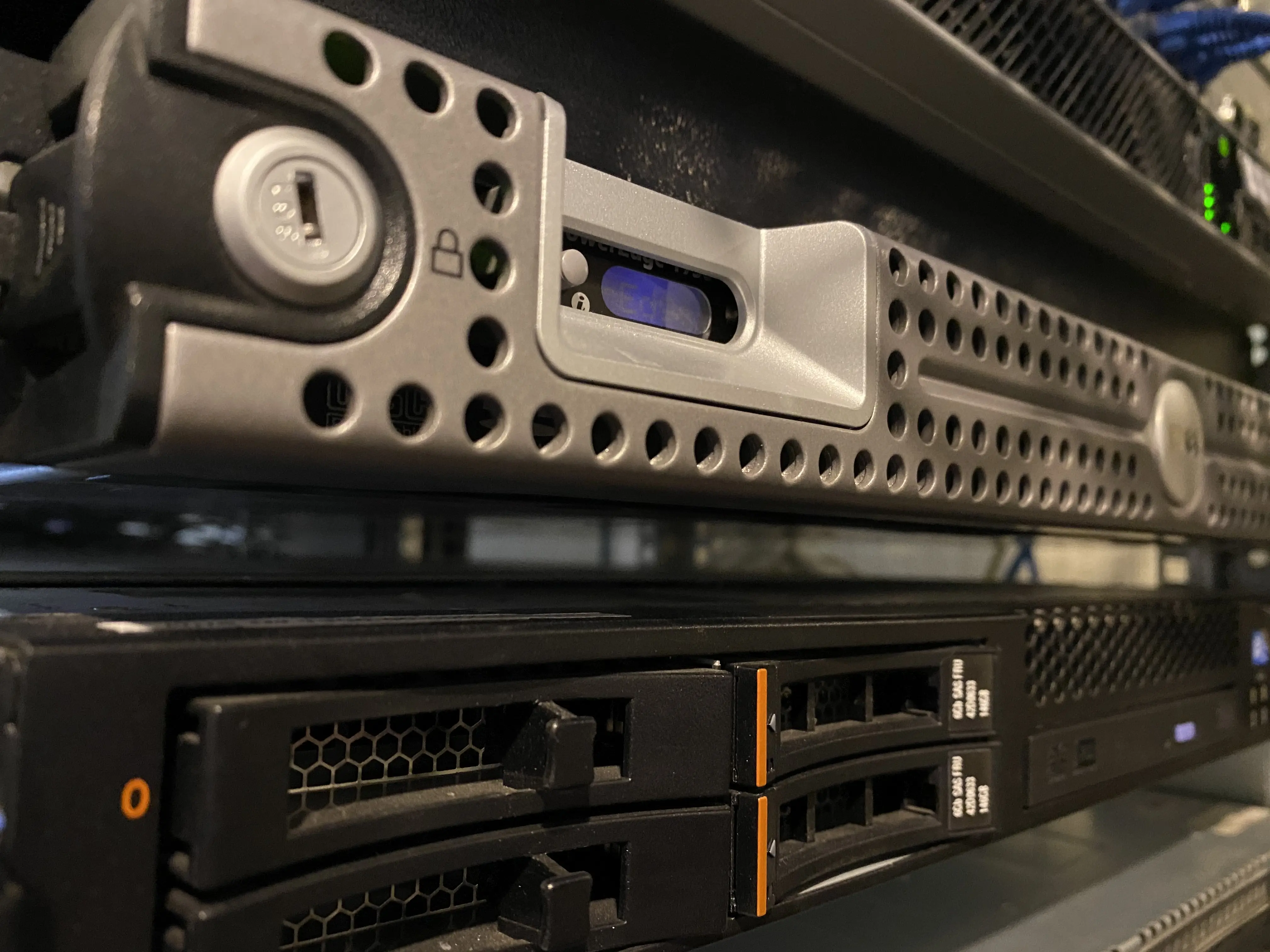
5 Reasons Traditional DC Products Struggle at the Edge

Most conversations about bringing workloads to “the edge” get stuck on its technical advantages: reduced latency, lower bandwidth costs, improved reliability, and enhanced data privacy. All of that is true, but there’s a side of the story that doesn’t get as much attention: why the tools we’ve relied on in traditional data centers don’t fit well in edge environments. Here’s the thing: edge environments aren’t miniature data centers. They’re built for challenges traditional infrastructure was never meant to handle, which is why their approach does not offer the same advantages. Worse, in many cases what is an advantage in the data center turns into a downside at the edge!
Expensive Hardware Built for Reliability
In data centers, reliability has always been expensive and specialized and redundant hardware was the way to guarantee uptime. But at the edge, where you may need to scale to hundreds or even thousands of locations, the costs increase exponentially and putting the same kind of high-priced infrastructure everywhere will be very costly. Of course, reliability still matters, but it has to be delivered differently, usually through software and smarter solutions that make even modest hardware dependable.
Designed for Dozen of Locations, Not Thousands
Traditional DC tools typically assume you’re running a handful of big facilities, but edge computing is the opposite: it’s about running workloads across large numbers of small, distributed sites. Trying to manage all of those locations with legacy DC systems quickly becomes overwhelming and UIs with tree views or drop downs become almost unworkable. What the edge needs is centralized visibility and monitoring, that effectively reports issues and automates routine tasks.
Flexibility isn’t Always your Friend
By default, flexibility is a DC advantage, where you can tweak, customize, and reconfigure systems however you like. But at the edge, every small difference between locations like a different hardware model, a unique network setup, or even an incorrectly installed cable creates bigger problems later, especially during system updates or application of a security patch. That’s why edge works best when every location follows the same profile. Standardization makes automation possible and reliable.
Performance Overkill
Data center gear is designed for large scale deployments and to deliver maximum performance. Edge workloads don’t usually demand that kind of power. Most of the time, what’s really needed is “right-sized” performance: just enough to handle local processing and keep things running smoothly without overspending and overengineering the solution.
No IT Staff Nearby
In the DC world, if something breaks, experts are readily available to fix it. At the edge, that’s rarely the case. While many edge locations like retail stores or banks have plenty of staff, these are usually not IT professionals and directing them to verify cables or indicator lights can become cumbersome. The alternative – sending staff out every time something needs attention – is too costly and too slow. That’s why it is important for the system to be designed to run reliably on its own, with the ability to recover or adapt.
The Edge Needs a New Approach
Edge environments demand a new way of solving problems. Traditional DC products were built for centralized, staffed facilities with enterprise hardware and flexibility. The edge needs something else entirely. That’s why it’s important to use solutions that are purpose-built for the edge from the ground up. The challenges are different, and so the tools need to be different too, designed to make the environment not just reliable, but practical at scale.

October 01, 2025

September 01, 2025

September 25, 2025
5 Reasons Traditional DC Products Struggle at the Edge

Most conversations about bringing workloads to “the edge” get stuck on its technical advantages: reduced latency, lower bandwidth costs, improved reliability, and enhanced data privacy. All of that is true, but there’s a side of the story that doesn’t get as much attention: why the tools we’ve relied on in traditional data centers don’t fit well in edge environments. Here’s the thing: edge environments aren’t miniature data centers. They’re built for challenges traditional infrastructure was never meant to handle, which is why their approach does not offer the same advantages. Worse, in many cases what is an advantage in the data center turns into a downside at the edge!
Expensive Hardware Built for Reliability
In data centers, reliability has always been expensive and specialized and redundant hardware was the way to guarantee uptime. But at the edge, where you may need to scale to hundreds or even thousands of locations, the costs increase exponentially and putting the same kind of high-priced infrastructure everywhere will be very costly. Of course, reliability still matters, but it has to be delivered differently, usually through software and smarter solutions that make even modest hardware dependable.
Designed for Dozen of Locations, Not Thousands
Traditional DC tools typically assume you’re running a handful of big facilities, but edge computing is the opposite: it’s about running workloads across large numbers of small, distributed sites. Trying to manage all of those locations with legacy DC systems quickly becomes overwhelming and UIs with tree views or drop downs become almost unworkable. What the edge needs is centralized visibility and monitoring, that effectively reports issues and automates routine tasks.
Flexibility isn’t Always your Friend
By default, flexibility is a DC advantage, where you can tweak, customize, and reconfigure systems however you like. But at the edge, every small difference between locations like a different hardware model, a unique network setup, or even an incorrectly installed cable creates bigger problems later, especially during system updates or application of a security patch. That’s why edge works best when every location follows the same profile. Standardization makes automation possible and reliable.
Performance Overkill
Data center gear is designed for large scale deployments and to deliver maximum performance. Edge workloads don’t usually demand that kind of power. Most of the time, what’s really needed is “right-sized” performance: just enough to handle local processing and keep things running smoothly without overspending and overengineering the solution.
No IT Staff Nearby
In the DC world, if something breaks, experts are readily available to fix it. At the edge, that’s rarely the case. While many edge locations like retail stores or banks have plenty of staff, these are usually not IT professionals and directing them to verify cables or indicator lights can become cumbersome. The alternative – sending staff out every time something needs attention – is too costly and too slow. That’s why it is important for the system to be designed to run reliably on its own, with the ability to recover or adapt.
The Edge Needs a New Approach
Edge environments demand a new way of solving problems. Traditional DC products were built for centralized, staffed facilities with enterprise hardware and flexibility. The edge needs something else entirely. That’s why it’s important to use solutions that are purpose-built for the edge from the ground up. The challenges are different, and so the tools need to be different too, designed to make the environment not just reliable, but practical at scale.

October 01, 2025

September 01, 2025

September 25, 2025